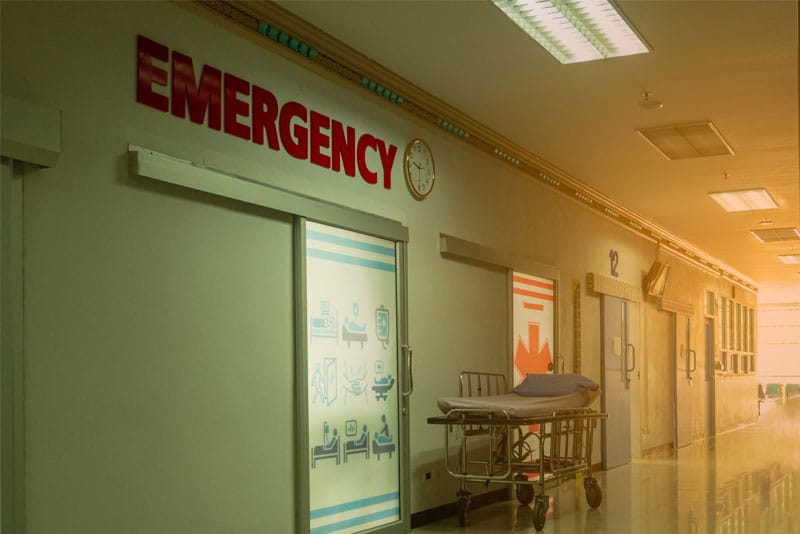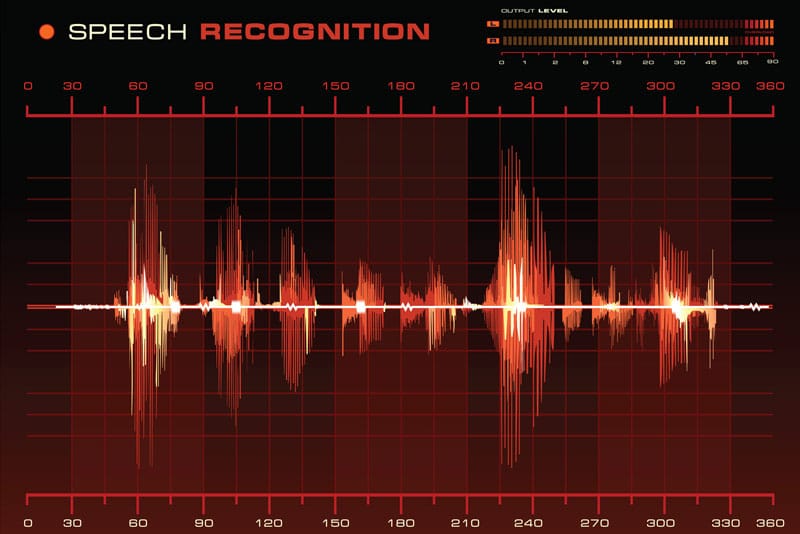Each day, thousands of patients seek care in emergency departments (EDs) across the country. Many hospitals outsource medical transcription to ensure accurate, fast and reliable documentation so that ER physicians can focus on care. Law requires hospitals to guarantee a certain level of care for patients who come to the Emergency Room. Physicians can be held liable for any harm that comes to a patient if the ER treatment that was provided fell short of the appropriate standards of care. In a malpractice lawsuit, physicians need to prove that proper care was provided. Also, with the rise in consumerism in healthcare and payers now linking reimbursement to quality, hospitals need to provide a first-rate experience to maximize revenue. In addition to recognizing patient rights, Emergency Rooms need to assess their capabilities to follow standards of care and avoid common mistakes.

Emergency Room Errors – Types and Causes
A study by the physician-owned medical malpractice insurer Doctors Company that covered 332 Emergency Room visit related claims between 2007 and 2013 revealed that the four most common errors as:
- Failure to diagnose – 57 percent of cases
- Failure to properly manage a patient’s care – 13 percent
- Failure to properly execute a patient’s care – 5 percent
- Failure to order medication for a patient
The researchers identified the reasons for these errors as:
- Not conducting a thorough review of the patient’s medical chart, leading to failing to order a test to diagnose a patient or discharging the patient prematurely
- Communication problems among physicians and also between physician and patient
- Poor documentation
- Inadequate staffing
More recent studies have also pointed to human error as the cause of ER mistakes. A study published in BMC Emergency Medicine in 2017 also found that most emergency department mistakes that compromised patient safety result from human error. According to a study published in De Gruyter’s Journal Diagnosis in 2018, about 45 percent of medical errors in the emergency room are due to problems with information processing. The researchers noted that it is a cognitive limitation and not related to technology.
Measures to Avoid Preventable ED Errors
Between 210,000 and over 400,000 premature deaths per year (575-1,095 deaths per day) are associated with harm that is preventable in hospitals, according to a study published in Journal of Patient Safety in 2013.
Avoid cognitive biases: There are five significant cognitive biases that can cause preventable errors: availability bias, anchoring bias, framing bias, confirmation bias, and premature closure. Emergency Room physicians can avoid these errors by:
- Not basing a diagnosis on previous patient experiences with similar symptoms
- Avoid making decisions based on the first piece of information received
- Avoid accepting someone else’s diagnostic or personal biases
- Check past medical history and risk factors for serious disease or poor outcome
- Check vital signs and nurses’ emergency notes
- Avoid premature closure if the diagnosis is not certain – keep the patient informed about the uncertainty, arrange for appropriate follow-up, and provide specific written precautions
Recognize patient rights: Physicians need to adhere to the Emergency Medical Treatment and Labor Act (EMTALA) by guaranteeing the stipulated level of care for Emergency Room patients. According to WebMD, this includes:
- Offering patients a timely and appropriate medical screening exam
- Stabilizing patients with emergency medical conditions
- Maintaining proper and centralized records on ER patients and their care
- Having a list of on-call physicians who provide emergency treatment
- Accepting patients from other hospitals if the receiving ED has the facilities to provide the care they need
- Reporting improperly transferred patients within 72 hours
Ensure emergency preparedness: Timing is crucial in a medical emergency. A survey by health site HealthGrove found that in many states, patients face a painfully long wait before they are seen by a physician or properly diagnosed (www. com). Long emergency wait times can exacerbate the problem. ERs and their physicians need to be prepared to handle themselves in a crisis, from man made calamities to natural disasters. They should:
- Have the staff and resources necessary to assess all patients presenting to the ED. They should do a monthly stock check to make sure all drugs and supplies are available and up to date.
- Have a emergency preparedness plan, clearly indicate who is responsible for implementing it, and ensure the staff is educated about the policies
- Conduct mock drills and make sure that each staff member is flexible enough to step into a different role
- Have proper communication strategies in place to contact staff as well as local, state, and federal emergency response personnel
- Keep patients informed about their emergency care options
Improve the discharge process: Hasty or poor ED discharge can have significant clinical implications for patients, including unfinished treatments and progression of illness. EDs need to follow rules and ensure that meet patients discharge criteria when they are allowed to return home. According to the Agency for Healthcare Research and Quality (AHRQ), the characteristics of a high-quality discharge are:
- Informs and educates patients on their diagnosis, prognosis, treatment plan, and expected course of illness, including treatments, tests, procedures
- Supports patients in getting post-ED discharge care, including medications, home care of injuries, use of medical devices/equipment, and further diagnostic testing and health care evaluation
- Coordinates ED care within the context of other health care providers, social services, etc.
Outsource Medical Transcription for High-quality Medical Record Keeping
Maintaining high quality patient medical records in the ED can promote improved patient care, according to the American College of Emergency Physicians (ACEP). An experienced medical transcription services company can help ER physicians maintain proper and legible documentation of the relevant aspects of the patient encounter including laboratory, radiologic, and other testing results. Good documentation can
- Help prevent medical errors
- Improve efficiency in the patient encounter
- Enhance communication with other providers
- Support coordination of follow-up care
- Ensure identification of who entered data into the record
- Assist with discharge instruction communication
Reliable outsourcing companies can provide HIPAA compliant medical transcription to ensure that ED medical records comply with applicable state and federal patient safety and confidentiality regulations.


